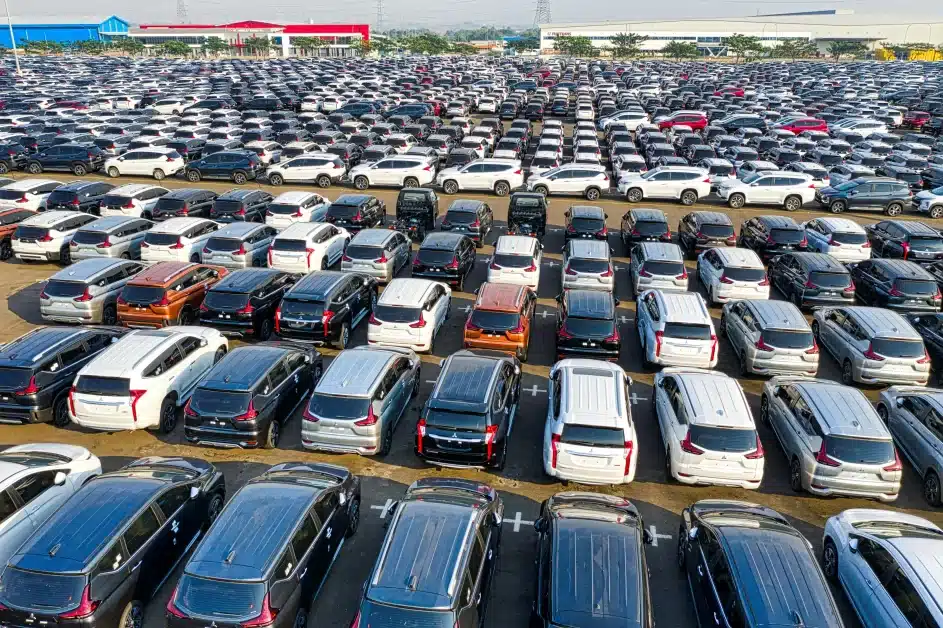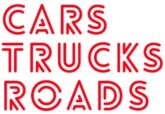The global automotive landscape is undergoing a seismic shift, driven by the ripple effects of U.S. trade policies under President Donald Trump. As tariffs loom large, car manufacturers are reevaluating their production strategies, with some making bold moves to adapt. Among them, Rolls-Royce and Honda stand out, each adjusting their operations in response to the shifting economic currents. This isn’t just about dodging costs—it’s a story of resilience, strategy, and the complex interplay of global supply chains. Let’s dive into how these changes are unfolding and what they mean for the industry and consumers alike.

Another Major Car Manufacturer Will Shift Production to the U.S.
One of the most striking developments in this saga is the decision by British engineering giant Rolls-Royce to bolster its U.S. manufacturing presence. Reports from the Daily Telegraph indicate that Rolls-Royce is crafting contingency plans to ramp up production stateside, a direct response to Trump’s tariff initiatives. With existing operations employing 6,000 workers across 11 U.S. sites, the company is exploring ways to shift manufacturing from countries like Mexico, China, and Canada to American soil. This isn’t a hasty reaction but a calculated move to shield itself from the financial sting of import levies.
Rolls-Royce’s strategy hinges on the uncertainty surrounding Trump’s tariff threats, particularly against the European Union. In January, Trump didn’t mince words: “Am I going to impose tariffs on the European Union? Absolutely,” he told reporters, citing long-standing grievances about the EU’s trade practices. His December Truth Social post doubled down, urging European nations to buy more American energy or face “TARIFFS all the way!!!” For Rolls-Royce, this rhetoric isn’t just noise—it’s a signal to act. The company has warned shareholders about “rising protectionism,” noting that tariffs could hike costs and disrupt global supply chains. By tipping the balance toward the U.S., Rolls-Royce aims to stay ahead of the curve.
Honda’s Pivot: The Civic Heads to Indiana
Across the Pacific, Honda is making its own adjustments. According to Reuters, the Japanese automaker has scrapped plans to build the next-generation Civic hybrid in Guanajuato, Mexico, opting instead for Indiana. This shift, set to begin in May 2028 with an annual output of around 210,000 vehicles, is a direct response to Trump’s proposed 25% tariffs on goods from Mexico and Canada. The Civic, a top seller with over 240,000 units moved in the U.S. last year, is too valuable to risk under tariff pressures. Honda’s decision underscores a broader trend: another major car manufacturer will shift production to the U.S. to sidestep trade barriers.
Originally, Mexico’s lower production costs made it an attractive hub for the Civic, with production slated to start in November 2027. But the tariff threat changed the math. Honda’s Chief Operating Officer Shinji Aoyama hinted at this possibility in November, noting that permanent U.S. tariffs would force a rethink of production locations. Now, Indiana—where Honda already has a foothold—will take centre stage. If demand outstrips Indiana’s capacity, Honda plans to import from tariff-free nations, a flexible approach to a volatile situation.
The Tariff Trigger: Trump’s Trade Vision
At the heart of these shifts is Trump’s aggressive trade agenda. Since taking office, he’s imposed tariffs on Canada, Mexico, and China, with levies on $800 billion in imports already in place by March 2025. His next move, dubbed “Liberation Day” on April 2, promises reciprocal tariffs on a broader swath of nations, aiming to correct what he calls trade imbalances exploited by “very, very foolish presidents.” For automakers, this isn’t abstract policy—it’s a concrete challenge. The 25% tariffs on Mexican and Canadian goods, briefly enacted and then paused until April, have sent shockwaves through an industry reliant on cross-border supply chains.
Trump’s stance on the EU adds another layer of complexity. Rolls-Royce, headquartered in the U.K., isn’t immune, especially if tariffs extend beyond the current trio of targeted countries. The president’s frustration with Europe’s trade practices—echoed in his call for more U.S. energy purchases—suggests that companies like Rolls-Royce could face levies unless they adapt. Honda, too, feels the heat, with 40% of its U.S. sales tied to imports from Mexico and Canada. Retaliatory tariffs from those nations could further complicate the picture, pushing costs higher.
Why Another Major Car Manufacturer Will Shift Production to the U.S.
The logic behind these moves is straightforward: tariffs make importing costlier, so producing in the U.S. becomes a hedge against uncertainty. For Rolls-Royce, it’s about leveraging existing U.S. infrastructure while potentially hiring more American workers and opening new plants. A source told the Daily Telegraph, “If you’re making something in countries like China, then you’ll be looking at whether you can do it in the U.S. instead.” This isn’t just about avoiding tariffs—it’s about securing a foothold in a market that’s increasingly insular.
Honda’s case is similar but distinct. The Civic’s production shift to Indiana reflects a long-term bet on stability. Mexico’s cost advantages are real, but they pale against the risk of a 25% tariff on a car that’s a cornerstone of Honda’s U.S. lineup. By moving to Indiana, Honda not only dodges potential levies but also aligns with a growing trend: another major car manufacturer will shift production to the U.S. to protect its bottom line. This isn’t a quick fix—production lines don’t relocate overnight—but it’s a sign of how seriously automakers are taking Trump’s policies.
The Bigger Picture: Industry Ripples
These decisions by Rolls-Royce and Honda aren’t isolated. Posts on X highlight a wave of manufacturers eyeing the U.S., from Hyundai’s $5.8 billion steel mill in Louisiana to Nissan and Ford rethinking their footprints. Another major car manufacturer will shift production to the U.S., and then another, as the tariff dominoes fall. This isn’t just about cars—it’s about jobs, supply chains, and the global economy. Rolls-Royce’s warning to shareholders about realigning supply chains hints at broader disruptions, while Honda’s shift could pressure competitors to follow suit.
Consumers, too, will feel the impact. Tariffs on steel and aluminium—already at 25%—threaten to drive up vehicle prices, a concern echoed by industry leaders in outlets like The Globe and Mail. If Rolls-Royce and Honda succeed in their U.S. expansions, they might mitigate some cost increases, but the transition won’t be seamless. Honda’s delayed Civic launch (from 2027 to 2028) shows the logistical hurdles, while Rolls-Royce’s “emergency contingency plans” suggest a race against time.
Challenges and Trade-Offs
Relocating production isn’t a panacea. For Rolls-Royce, moving from Mexico or China to the U.S. means higher labour costs and significant upfront investment. The company’s 6,000 U.S. workers provide a foundation, but scaling up requires capital and coordination. Honda faces similar hurdles in Indiana, where production costs were once deemed too high for the Civic. Both companies are betting that tariff savings outweigh these expenses, but it’s a gamble with no guarantees.
Retaliatory tariffs add another wrinkle. Honda exports 60,000 U.S.-made cars to Mexico and Canada annually; if those countries hit back, the cost calculus shifts again. Rolls-Royce, too, must weigh the risk of U.K.-based production facing EU or U.S. levies. Another major car manufacturer will shift production to the U.S., but the global chessboard keeps moving.
What’s Next?
As April 2 looms, the auto industry braces for Trump’s “Liberation Day.” Rolls-Royce’s plans remain fluid—more U.S. plants and workers are on the table, but specifics are scarce. Honda’s Indiana pivot is locked in, though its success hinges on execution. Both cases illustrate a key trend: another major car manufacturer will shift production to the U.S. to navigate the tariff storm. Whether this sparks a manufacturing renaissance or strains an already stretched industry remains to be seen.
For now, the story is one of adaptation. Rolls-Royce and Honda aren’t just reacting—they’re rewriting their playbooks. As Trump’s trade vision unfolds, expect more automakers to join the fray, each grappling with the same question: how do you thrive in a world where borders matter more than ever? The road ahead is bumpy, but the wheels are already in motion.
